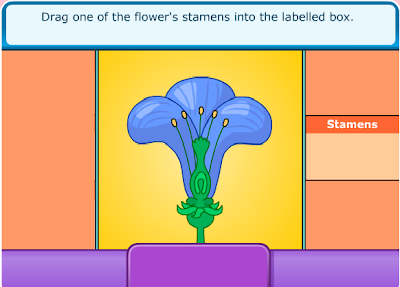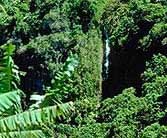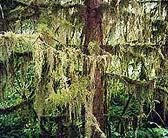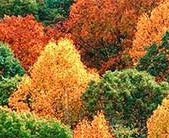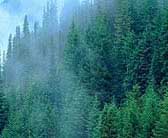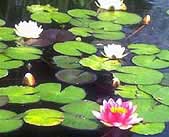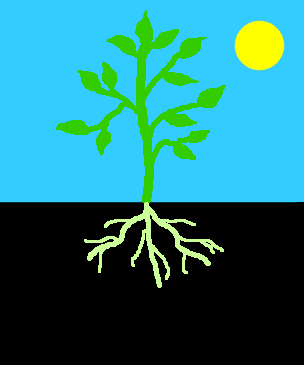Making Food
Plants are very important to us. All food people eat comes directly or indirectly from plants.
Directly from plants:
|
Indirectly from plants:
|
 For example, apples come from an apple tree. The flour used to make bread comes from a wheat plant. For example, apples come from an apple tree. The flour used to make bread comes from a wheat plant.
|
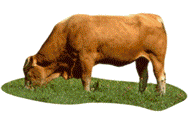 Steak comes from a cow, and we all know that cows are animals, not plants, right? But what does the cow eat? It eats grass and grains—PLANTS! Steak comes from a cow, and we all know that cows are animals, not plants, right? But what does the cow eat? It eats grass and grains—PLANTS!
|
So all the foods we eat come from plants. But what do plants eat? They make their own food!
What Do Plants Need to Make Food?
Plants need several things to make their own food.
They need:
- chlorophyll, a green pigment found in the leaves of plants (see the layer of chlorophyll in the cross-section of a leaf below)
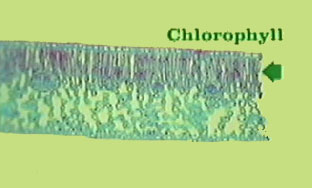
- light (either natural sunlight or artificial light, like from a light bulb)
- carbon dioxide (CO2)(a gas found in the air; one of the gases people and animals breathe out when they exhale)
- water (which the plant collects through its roots)
- nutrients and minerals (which the plant collects from the soil through its roots)
Plants make food in their leaves. The leaves contain a pigment called chlorophyll, which colors the leaves green. Chlorophyll can make food the plant can use from carbon dioxide, water, nutrients, and energy from sunlight. This process is called photosynthesis.
During the process of photosynthesis, plants release oxygen into the air. People and animals need oxygen to breathe.




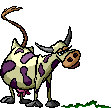 Science Fun:
Science Fun:  Science Fun:
Science Fun: 









